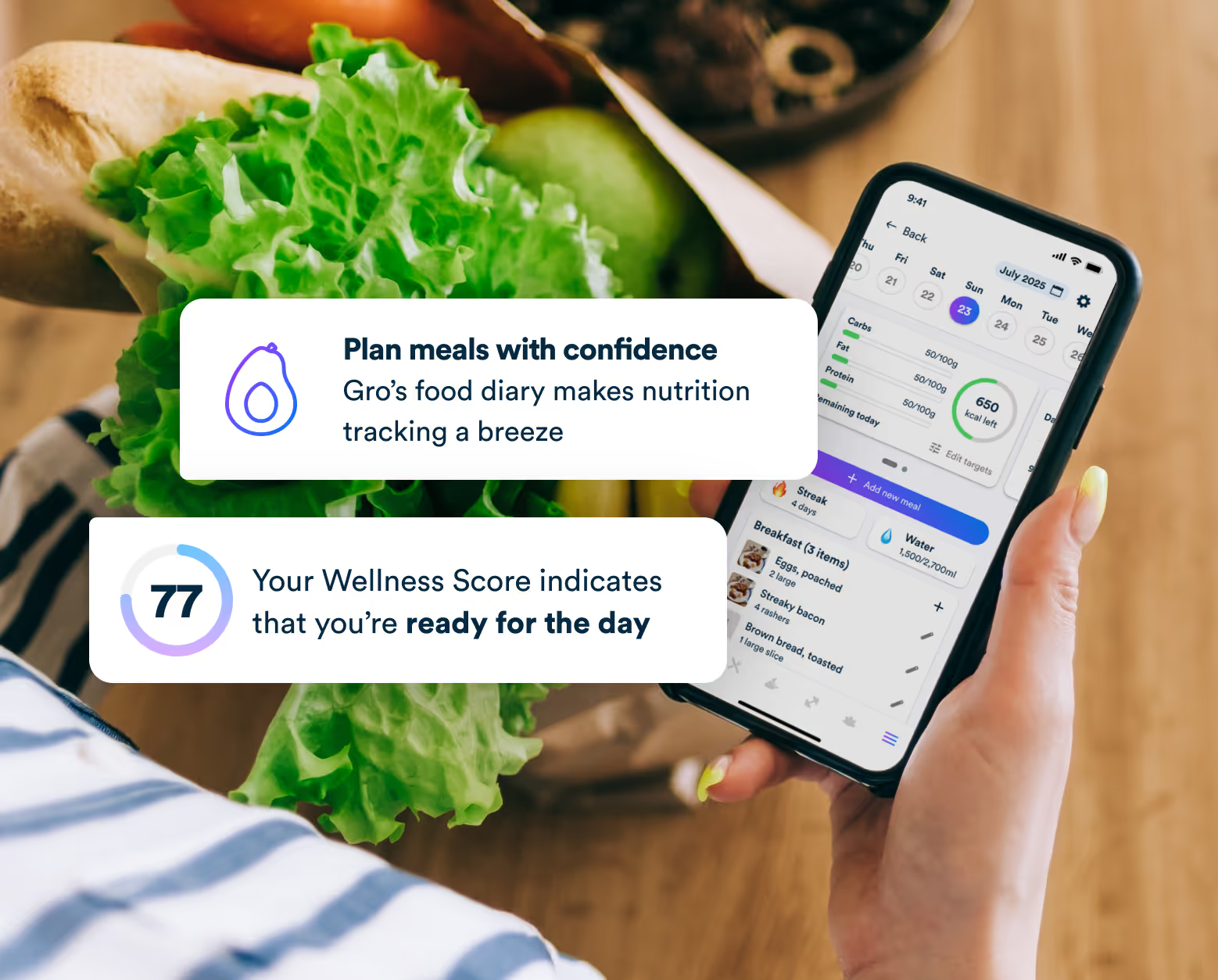People living with diabetes must monitor their blood sugar or glucose levels. Depending on the type and severity of their metabolic condition, this typically involves regular testing throughout the day.
Falling within the recommended target range for blood glucose is vital in managing diabetes and indicates good control of the condition.
Those that switch to a low carb lifestyle often notice that their fasting and post-prandial (after meal) blood glucose levels decrease, which is ideal for someone seeking to take control of their blood sugars.
Below is a list of ‘normal’ blood glucose ranges alongside those for adults and children with type 1 and type 2 diabetes. However, as target blood glucose levels vary per person and depend on individual circumstances, it is important to discuss which level you should aim for with your healthcare team.
Further on, the page also lists the recommended target levels for HbA1c, which is another means of testing for diabetes over a period of two to three months.
Recommended target glucose level ranges
This table shows target levels for adults and children with type 1 and type 2 diabetes, as recommended by the National Institute for Health and Care Excellence (NICE). [1,2,3]
For your reference, non-diabetic or ‘normal’ blood glucose levels are usually between 4.0 and 5.9 mmol/L before meals and below 7.8mmol/L, an hour and a half to two hours after starting a meal.
Blood glucose levels for diagnosing diabetes
This next table shows the criteria established by the World Health Organisation (WHO) for diagnosing diabetes.[4]
Random blood glucose tests are usually administered at short notice to ascertain if someone has type 1 diabetes.[5]
The fasting blood glucose is tested after at least eight hours of fasting, which is usually done in the morning.[3]
Some people may be given an oral glucose tolerance test (OGTT) to determine whether they have prediabetes, gestational diabetes or insulin resistance. Someone having an OGTT will have a fasting blood sample taken before being given a sweet drink containing 75g of glucose. Two hours later, another blood sample will be taken to assess the body’s ability to remove glucose from the blood.
HbA1c testing
Another way of diagnosing diabetes is with a HbA1c test. As mentioned earlier, a HbA1c test provides an average glucose level over two to three months.
Hba1c is another term for glycated haemoglobin, a type of protein that attaches to the red blood cells carrying oxygen throughout the body.
When our blood glucose levels start to rise, some of the glucose attaches to this haemoglobin. The amount of glucose combined with this haemoglobin is proportional to the amount of sugar in the blood.
HbA1c reflects the average blood glucose over a period of time relative to how long red blood cells survive, which is typically eight to twelve weeks. People with type 1 and type 2 diabetes should aim for a target HbA1c reading of 48 mmol/mol (6.5%). As with target glucose ranges, your target Hba1c range also depends on your circumstances.
For prediabetes, the target range falls between 42 and 47 mmol/mol (6.0 to 6.4%), while a ‘normal’ non-diabetic HbA1c should be below 42 mmol/mol (6.0%).[6]
If you’re looking to reduce your HbA1c from the diabetic range to prediabetic or even further into the normal range, many members of Gro have already accomplished just that.
By following a low carb diet, they’ve taken back control of their health, reduced their glucose levels and some even have even placed their type 2 diabetes into remission.
References
1. National Institute for Health and Care Excellence (2016). Type 1 diabetes in adults: diagnosis and management. Retrieved from https://www.nice.org.uk/guidance/ng17/ifp/chapter/testing-your-own-blood-glucose-and-target-levels
2. National Institute for Health and Care Excellence (2016). Diabetes (type 1 and type 2) in children and young people: diagnosis and management. Retrieved from https://www.nice.org.uk/guidance/ng18/chapter/1-Recommendations#blood-glucose-and-plasma-glucose
3. Diabetes Digital Media (n.d). Blood Sugar Level Ranges. Retrieved from https://www.diabetes.co.uk/diabetes_care/blood-sugar-level-ranges.html
4. World Health Organisation and International Diabetes Federation (2006). Definition and diagnosis of diabetes mellitus and intermediate hyperglycaemia: report of a WHO/IDF consultation. Retrieved from https://www.who.int/diabetes/publications/Definition%20and%20diagnosis%20of%20diabetes_new.pdf
5. Diabetes Digital Media (n.d). Random Plasma Glucose Test. Retrieved from https://www.diabetes.co.uk/random-plasma-glucose-test.html
6. Diabetes Digital Media (n.d). Guide to HbA1c. Retrieved from https://www.diabetes.co.uk/what-is-hba1c.html


